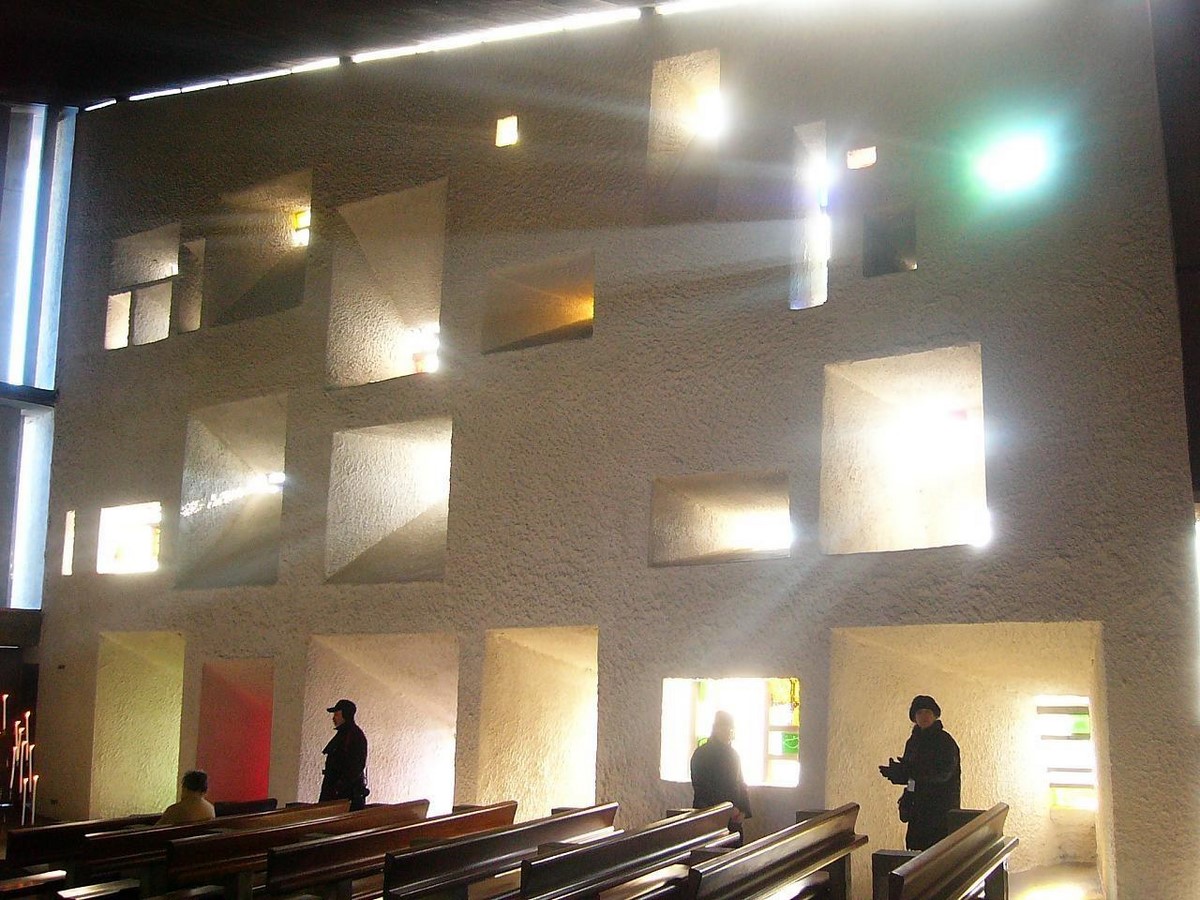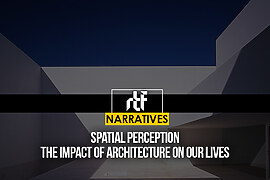A story is not just a string of real or fictional accounts; rather, it forms the basis of civilizations. Stories weave our lives and continue to grow with us. They may bring to life a long-gone memory or help create a happy place that doesn’t exist. No one ever outgrows a great story, but it is also the storyteller who keeps the audience engaged. However, a great story told poorly is often bound to miss its mark.
Storytelling in Architecture
Architecture creates experiences, and experiences make stories. Sometimes that story is shared and understood by all, but more often, is it left open for interpretation. Storytelling in architecture is a means to connect the community to its context. Architects have the power to design spaces that speak and help generate a sense of belongingness and familiarity. They have the capability to give spaces a vivid personality rather than letting them be lifeless spatial volumes. They have the ability to design a whole sensory experience – a series of relationships through narratives between spaces and their context, which evoke emotions and build a connection with their users.

Storytelling has been very carefully woven into architecture since the beginning of time, be it through modest houses, majestic palaces, and even mausoleums. While Palaces and royal establishments tell the story of a glorious era through their extravagant design, mausoleums unfold the story of life after death. While one makes its visitors feel grand and powerful, the other one strips them of their so thought “worldly” pleasures and takes them closer to inner peace and introspection. But despite being on the complete opposite ends of the design spectrum, they do make their visitors feel the ethos of a space as if they are a part of it.
Stories of Power
In most early cultures, architecture was used to narrate stories of power. From the magnificent churches all across Europe to the glorious temples of the Indian subcontinent, not only did they narrate stories of exquisite workmanship and revolutionary structural advancements, but they also inspired a sense of awe and grandeur. The Milan Cathedral is one such example of how architecture since the Gothic times has told the story of power, not only as a symbol of religious authority but also through its design. From the dense forest of spires supported on the system of flying buttresses, the extensively decorated gargoyles as symbolic protectors of the church, rich carvings, along with tall columns supporting the high vaulted ceilings all leave the visitors awestruck by its grandeur and create an aura of divinity.

So can be seen throughout the grand forts and palaces in India. The Amer Fort in Jaipur is another fine example of the story of amalgamating the elements of Hindu and Mughal architecture. Right from entering through the gates of the Fort and meandering through the streets of the complex, one can witness the splendour of “Rajputana” life through its design narrative. The red and white sandstone walls inlaid with precious gems, stained glass windows, and richly ornate colonnades all tell the story of Rajputana glory, prowess, and culture.

Stories of Serenity
Through the twentieth century, the narratives of architecture have undergone many transformations. From being a flamboyant expression of spaces, it has emerged to be an expression of tranquillity. Engaging elements like nature, water, and natural light, experimenting with shadows and tactile materials, playing with the senses, and building a narrative with the mind. Especially as seen in the works of architects like Tadao Ando in the Church on Water, or Corbusier’s Ronchamp Chapel. Both of them are ideal examples of calmness being the main theme of the design story and tell the story of how architecture can play a significant role in bringing peace to mind and senses.


Stories of Tragedy
Often narratives in architecture were associated with accounts of glorious events and happy memories. However, architecture has the power to express emotions that often other mediums can’t. It has the ability to make people empathize and feel the void of a terrible happening. The Jewish Museum in Berlin, designed by Daniel Libeskind, is a prime example of how architecture was used to tell the story of torment and anguish suffered by the Jews during the second world war. The dark staircase, striking angular axes, bare concrete voids, the iconic zigzag façade, and the Garden of Exile have deep symbolic significance and make the visitors empathize and symbolically experience the trauma that the Jews had to go through.


Stories of the Future
While it can often be a walk through memory lane, narratives in architecture and design also have the potential to give us a glimpse of the future. Be it through cutting-edge structural and façade systems or groundbreaking design concepts; architects have the ability to bring the future a step closer to built reality. The Gardens by the Bay in Singapore, designed by Grant Associates and Wilkinson Eyre Architects, is one such example of how architecture tells the story of a future garden. The supertrees that act as vertical gardens are also embedded with photovoltaics to generate electricity for lighting and water technologies.

While the narratives through architecture are not just limited to the emotions they bring, every building narrates a story of the people behind it – from the architect’s vision, an engineer’s skill, and every workman’s effort to detail. Each building tells a story that may be a simple metaphor for some and a complex anagram for others. But it still makes everyone think and opens the channels of communication. Without a story, there is no connection, no dialogue, and a building is just a series of structures and elements!


























